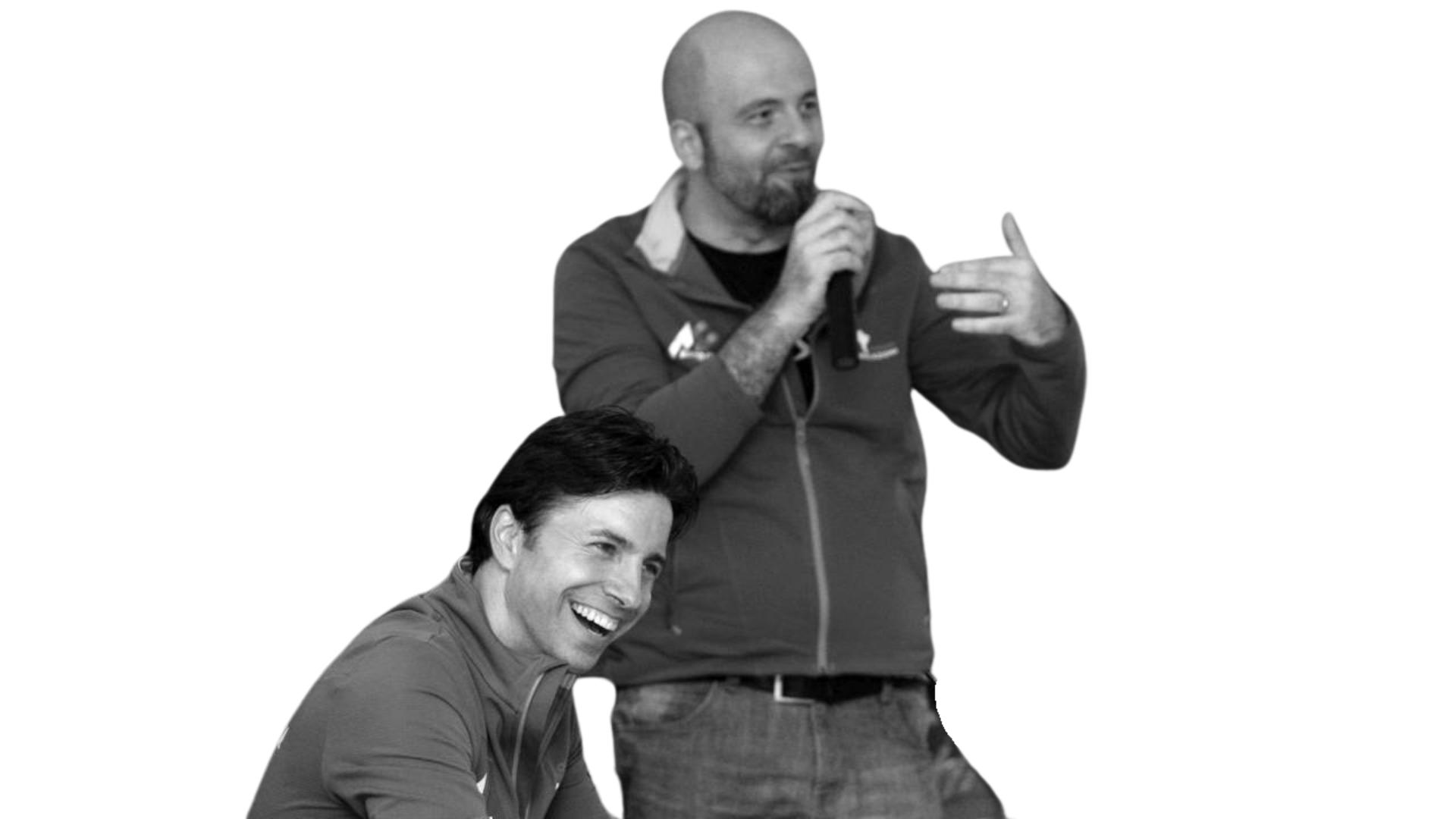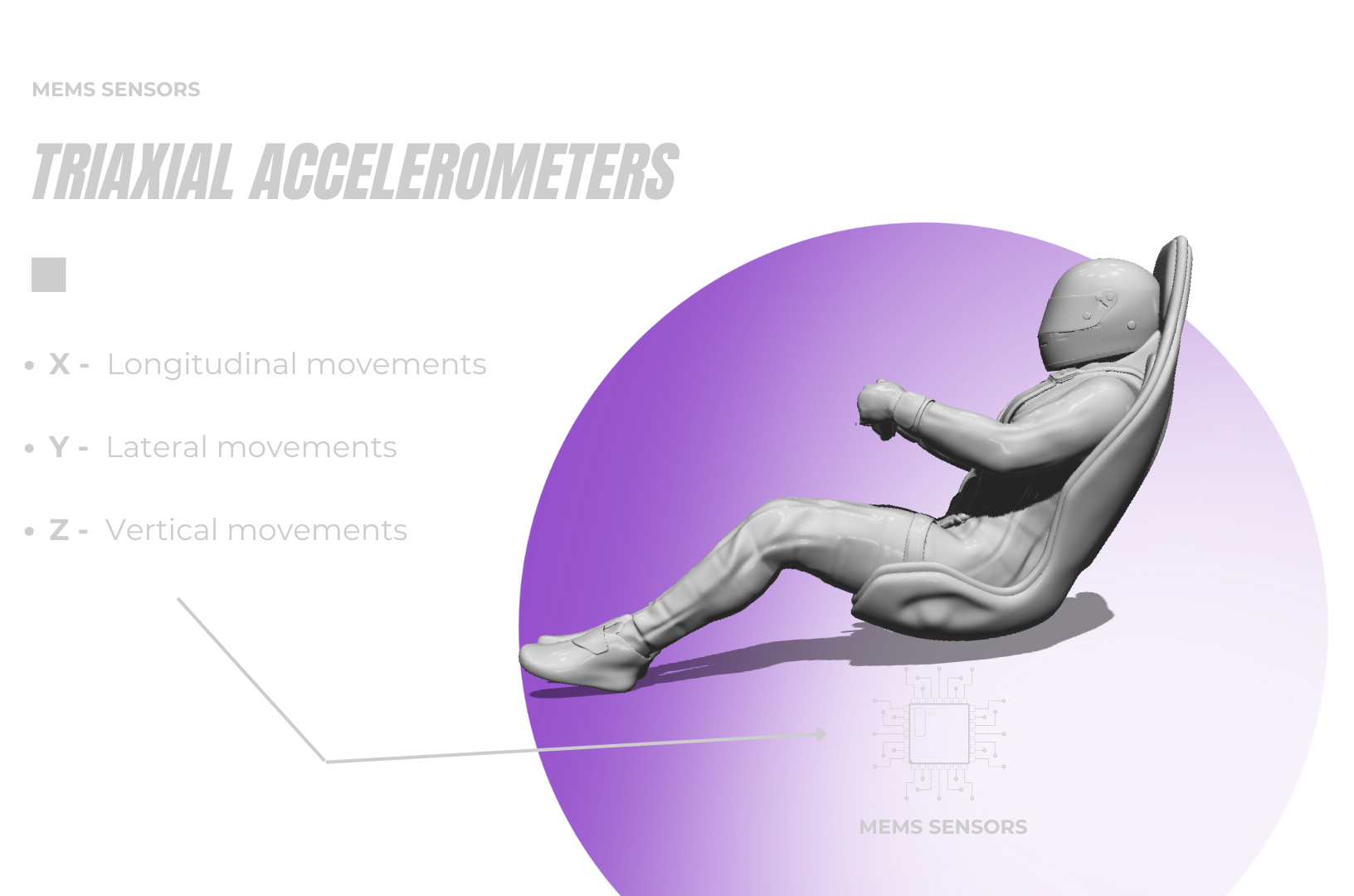As we have discussed in numerous articles, it is undeniable that the Field of View (FOV) and view settings have a significant impact on the driving feel in simulation. However, through my research and exchanges, a new element has become apparent: the MEMS sensor.
What is a MEMS Sensor ?

MEMS (MicroElectroMechanical Systems) sensors are tiny devices that integrate mechanical and electrical components at a microscopic scale. They are widely used in various fields, including automotive, aerospace, and consumer electronics, to measure physical parameters such as acceleration, pressure, and orientation. In motorsports, MEMS sensors play a crucial role by capturing real-time accelerations and forces applied to a vehicle, helping engineers analyze its dynamics and optimize performance.
An Enriching Conversation with Stefano Casillo

This subject fascinates me more and more, and who better than a simulation creator to explain its physics? I had the incredible opportunity to speak with Stefano Casillo, former lead developer at KUNOS Simulazioni.
I expected precise technical explanations, but reality turned out to be quite different. Confidentiality clauses likely limit what can be publicly shared, but he mainly opened my eyes to an essential point: not stopping at a single explanation and considering other avenues.
I warmly thank him for the time he granted me and wish him much success in his future projects.
Exploring Sensors That Capture a Game’s Physics
As I delved deeper into the topic, I realized that several types of sensors are used to capture a vehicle’s physical data. These sensors are often employed in professional simulators and real racing cars to accurately record the forces exerted.
Types of Sensors Used in Motorsport and Simulation
- Triaxial accelerometers: Placed under the seat, he’s measure acceleration forces along the three axes (X, Y, Z) and allow analysis of how the car reacts to chassis movements.
- Load Cells: Placed under in the suspensions, he’s record the pressures exerted on the chassis.
- Dynamic Pressure Sensors: Used to monitor pressure variations exerted by the driver on their seat, helping analyze driver behavior in corners.
These data are then integrated into advanced physics engines to make simulations more realistic. For instance, simulations like rFactor 2, Assetto Corsa Competizione, iRacing, and Le Mans Ultimate use sophisticated algorithms based on real-world data to faithfully reproduce forces in the steering wheel.

Hypothetical Explanation
MEMS sensors in motorsports serve to capture physics in real-world conditions. In simulation, we need to align our view with the reference parameters used during the physics engine’s design.
A good analogy would be comparing this to a radio:
- MEMS sensors are the broadcast frequency.
- VIEW CAMERA settings are the receiver.
- If you are not tuned to the correct frequency, you lose information!
Conclusion: Towards a Better Understanding of FFB?
This journey is becoming increasingly fascinating. We now have a credible link between FOV, driver positioning, and force capture.
Furthermore, after numerous tests in Assetto Corsa Competizione, Le Mans Ultimate, and iRacing, it has become clear that these adjustments have a direct and tangible impact on Force Feedback perception. The results have been consistently conclusive, confirming that aligning the view correctly with the physics data enhances force feedback utilization.
If we refine our approach even further, we might eventually discover an optimal method for configuring our simulations to achieve the most realistic Force Feedback possible.
Stay tuned, the next steps look promising !


Leave a Comment